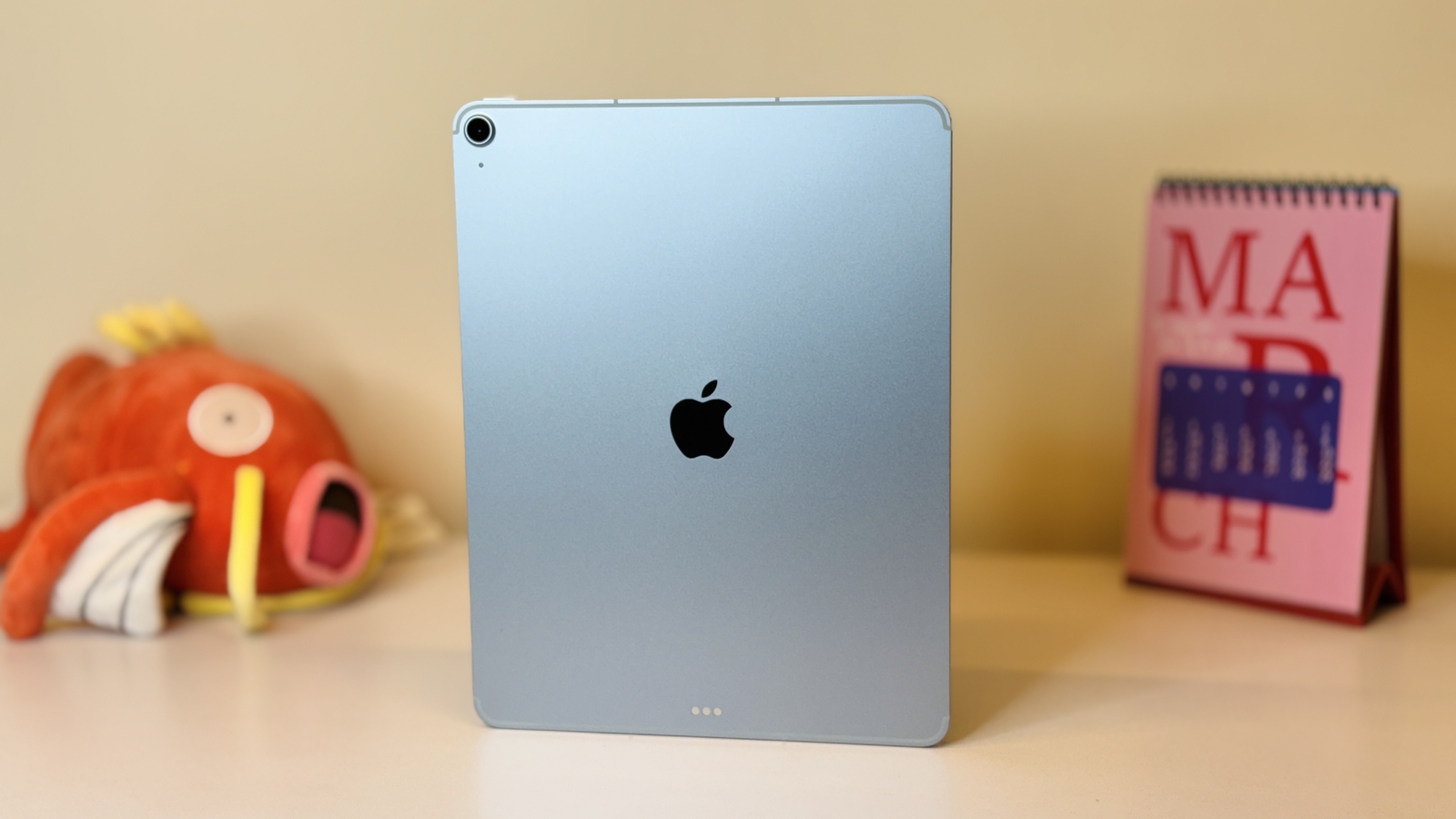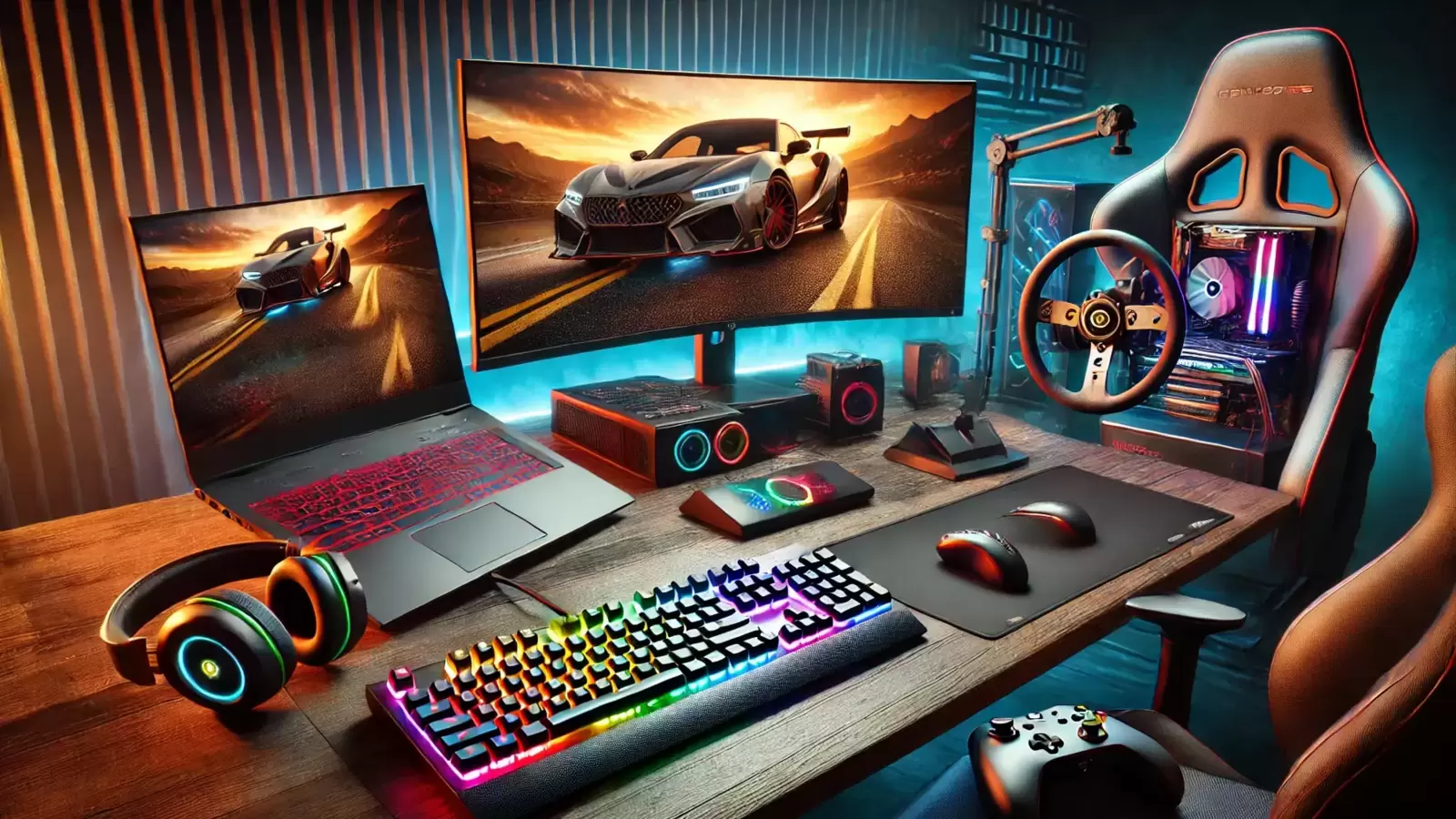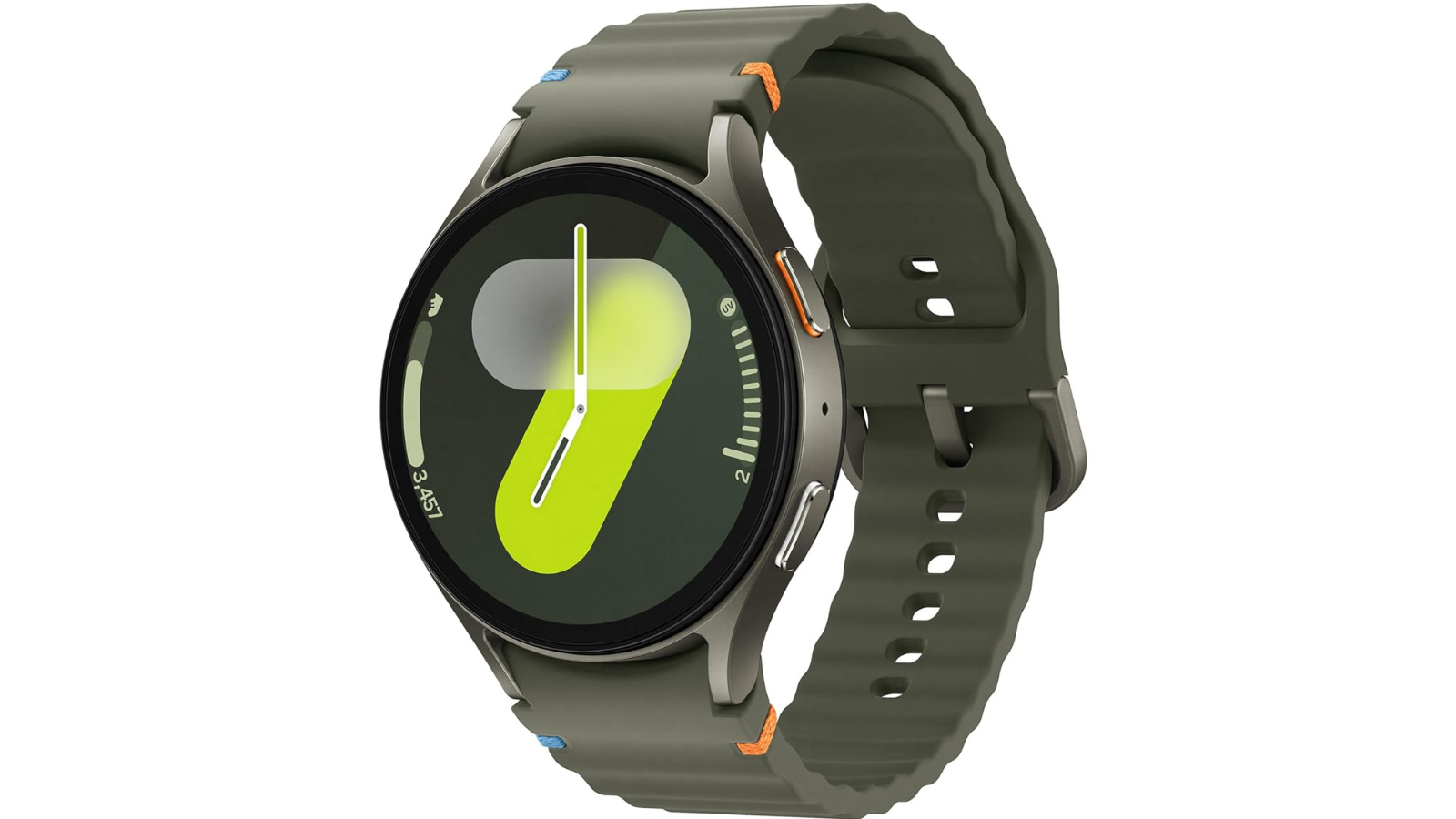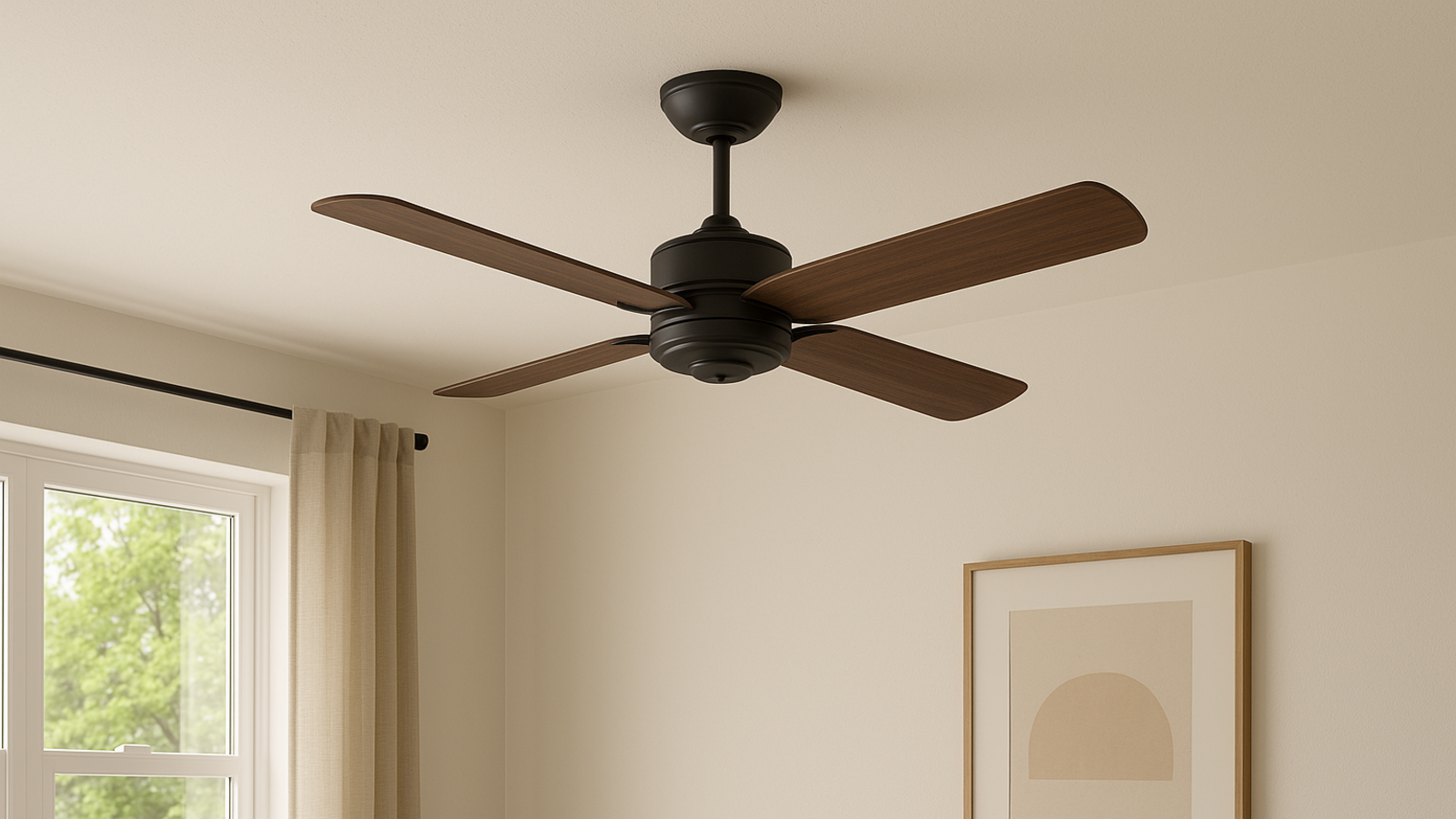Back when I reviewed the iPad Air with the M2 chipset, which launched last year (2024), I was of the opinion that you need not spend top-end money to enjoy all the good that an iPad (as a product line) has to offer. Meaning, you need not opt for the iPad Pro to experience the essence of what an iPad is. The performance, the design, and the overall experience—including the display and speakers—were impressive. Even the ability to handle pro apps like Procreate, Final Cut Pro, and more was a highlight.

Now, in 2025, almost a year later, I am reviewing the iPad Air with the M3 chipset, which was launched earlier this month in March. At first glance, this is certainly one of the most incremental updates to the iPad Air in several years. You could even call it a boring update. However, it builds upon an already great experience, offering faster performance and considerable improvements for someone buying a brand-new iPad. It still has great battery life, stellar performance ideal for gaming, and, unfortunately, the same shortcomings. So, while it is a new iPad Air, I feel Apple could have done more, especially with the display.
That said, it still offers a reliable experience, and by updating the chipset to the M3, Apple ensures that new buyers won’t have to compromise on performance. The best part? It retails at the same price. Here, we talk about the iPad Air M3 (13-inch model) to help you decide if it’s the ideal pick for you.

Also Read: iQOO Neo 10R review: Great performance and camera make it a value-for-money choice
iPad Air M3: Performance and Value
The iPad Air M3 offers some of the best performance for its price. The M2 was already quite fast for a tablet costing ₹59,900, and now, with the M3, it offers even more gains. While the improvements are incremental compared to the M2, for someone buying an iPad Air for the first time or upgrading from a much older model, this serves as a great entry point.
Tasks like browsing the web and playing games are as smooth as ever. The fluidity might even make you believe that the screen is not 60Hz, which, sadly, it is. While you may not immediately miss a 120Hz display unless you’ve used one before, a side-by-side comparison with an iPad Pro will make the difference noticeable. If you’re coming from an older iPad Pro (say, one with the M1 chipset), the lack of 120Hz could be jarring at first, but over time, you’ll adjust.

That being said, the M3 chipset allows for great freedom in apps like Procreate or video editing software like Final Cut Pro and LumaFusion. I tested editing 4K footage, including footage from a Sony FX3 cinema camera, and the experience was smooth. While I didn’t notice a major or significant difference compared to the M2 model, I suppose that’s expected.
This iPad isn’t aimed at those upgrading from an iPad Air M2, as there are no meaningful upgrades to justify the switch. Performance was great last year, and it remains great this year.

Battery Life
The battery performance remains largely the same. It lasts a full working day, I managed around 11 hours while watching content on OTT platforms, playing casual games, and using apps like LumaFusion and Adobe Lightroom.
The battery does drain faster when using heavy apps, but it is not significant. In fact, I noticed some improvements in battery longevity when using power-intensive apps like Procreate. That said, Apple still claims 10 hours of web surfing on Wi-Fi and 9 hours on cellular data, just like last year.
iPad Air M3 vs M2: More Similarities Than One
The iPad Air M3 remains very similar to its predecessor in many ways. It features the same 11-inch or 13-inch Liquid Retina display with P3 wide colour gamut, True Tone, anti-reflective coating, and 600 nits peak brightness. The resolution, pixel density, and support for Apple Pencil hover are unchanged.

It also retains the same camera setup—a 12MP wide camera with an f/1.8 aperture, Smart HDR 4, and 4K video recording at 60fps. The front camera is a 12MP Centre Stage sensor. Studio-quality speakers, Touch ID, weight, dimensions—everything is the same.
This update is more about bringing Apple’s most practical iPad model up to date with new Apple Silicon. While you don’t get the M4 like the iPad Pro, I don’t think it’s necessary at this price point. The M3 is more than sufficient for most tasks.

However, I do wish Apple had upgraded the display. The Liquid Retina display is essentially an LCD panel, and an OLED display would have been a significant improvement. Apple’s OLED displays, like those found on the iPad Pro, are among the best. If the iPad Air featured an OLED panel, it would be so close to the Pro model that many users might not see a need to upgrade. Perhaps this is exactly why we feel Apple is retaining the Pro’s exclusivity.
Apple Pencil Pro: As Good As Ever
The Apple Pencil Pro remains just as impressive as last year. Features like the barrel roll, subtle haptic feedback, and the ability to double-tap to change tools in apps like Procreate enhance the experience. Since the iPad Air M3 supports the Apple Pencil Pro, artists and creators will find it to be a compelling option.
However, the 13-inch model may not be the best fit for everyone, particularly when it comes to portability. The 11-inch model is a better choice for those who take a lot of notes or sketch on the go, offering a more comfortable form factor.
Apple Intelligence Is What’s New!
Last year, the iPad Air M2 did not support Apple Intelligence out of the box and required an update to iPadOS 18.1 (launched in October). That changes with the iPad Air M3, which comes with Apple Intelligence features pre-installed. These include tools like Image Playground and writing tools, making it a solid choice for those who type a lot.
Since it runs on the M3 chipset, future Apple Intelligence updates will also be supported. You get the same set of AI-driven features as the iPad Pro, ensuring you don’t miss out on any upcoming enhancements.
Should You Buy the iPad Air M3?
If you recently bought the iPad Air M2, there is absolutely no need to upgrade. The experience remains largely the same, apart from the new chip. However, if you’re upgrading from an older iPad or buying your first iPad and want a near-Pro-level experience, the iPad Air M3 is a solid choice.

At ₹59,900, the price remains unchanged from last year, which is a great move by Apple. You still get excellent performance, great battery life, and premium build quality.
That being said, choose your size wisely. While the 13-inch model offers a better media consumption experience, the 11-inch version is more portable and practical for on-the-go use.
What we’d like to see with the next generation model? The biggest upgrade we hope for in next year’s iPad Air is an OLED screen.











Leave a Reply